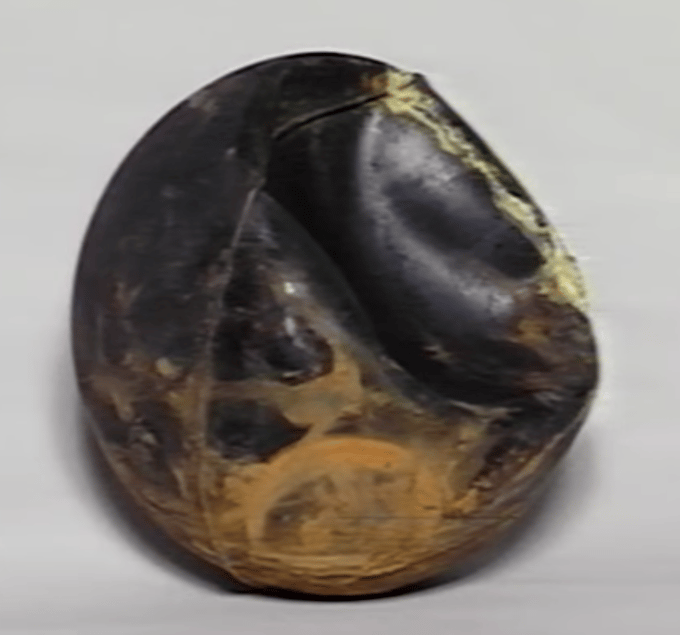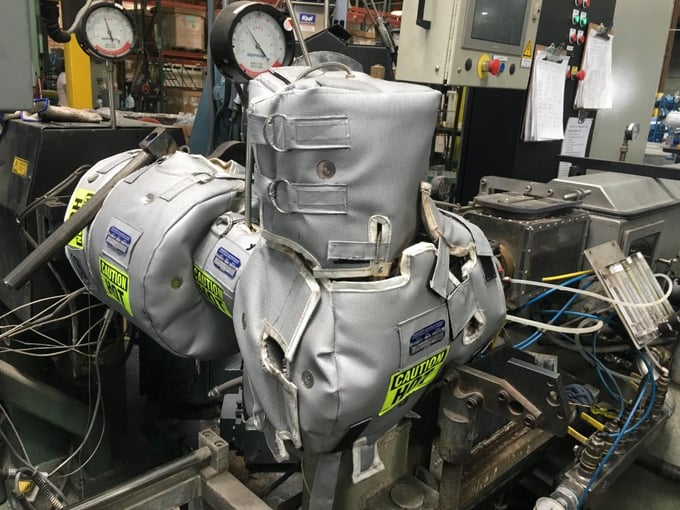6 Signs You Need a Steam Trap Survey

Failed steam traps waste fuel, reduce efficiency, increase maintenance for other equipment, and increase production time and cost. On average, 15% of a steam trap population will fail annually. As an example, a system with 100 steam traps could have 15 traps failing annually leading to a waste of nearly $65,000 per year based on a 50psi steam pressure. And that is likely to double for the second year with no repairs.
Why Do Traps Fail?
Steam traps functioning properly open to release condensate and automatically close when there is a presence of steam. Dirt is the leading factor of steam trap failures and typically results in a plugged or leaking trap. Pressure surges from valves, improper piping, or an incorrect trap can lead to water hammer, resulting in damage to traps' internal components and other equipment in your system. Oversizing or the wrong type of trap for an application are also common problems causing rapid cycling or a trap losing its prime.
Signs that you need a steam trap survey:
- Increased production times or issues maintaining set temperatures
- Steam venting from your condensate return tank
- Elevated condensate pressures or temperatures
- PRVs or control valves have trouble maintaining set pressures
- Water hammer
- Frequent maintenance or replacement of coils, tube bundles, or other equipment due to leaks
If you’ve experienced any of these signs, you likely have failed traps in your system. A steam trap survey will identify all your failed traps and alleviate other issues in your system.
Don’t Spend More Than You Need to On Energy
Testing traps regularly is one of the best investments you can make in your steam system with a typical payback of just a few weeks. Calpacific's factory trained engineers will do a walk-through of your steam applications and test your steam traps (using an ultrasonic listening device), then number and record piping configurations for each steam trap in your population. We provide a full written report with recommendations, a trap inventory and comprehensive calculations for potential energy savings.






